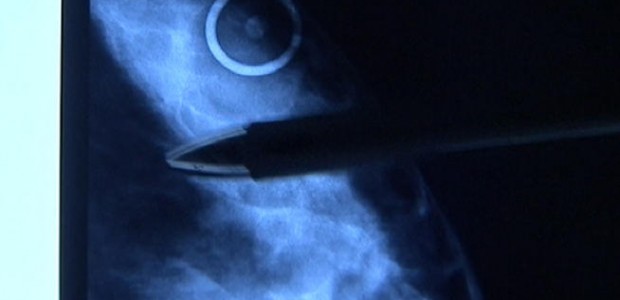In 2002 Stephanie Tesorioro walked into the Carol Baldwin Breast Cancer Center complaining of a lump in her breast. It was there that Ms. Tesorioro was told that, regarding the lump in her breast, everything was okay. According to Ms. Tesorioro’s attorney, Dr. Fisher missed mammography abnormalities, and did not conduct the relevant sonography of the area where the lump was being reported.
It was following this experience at the center that Ms. Tesorioro missed the chance to have her cancer diagnosed. Sixteen months later, Ms. Tesorioro’s cancer spread to her lymph nodes and bones. Not relevant to the diagnoses, but what adds additional sadness to the situation, is that Ms. Ms. Tesorioro is a mother of three young children.
The jury found in favor of Stephanie Tesorioro. The jury heard arguments over two weeks, in Central Islip, New York, in front of Suffolk County Supreme Court Justice Hector LaSalle. Ms. Tesorioro presented an expert witness to the jury, a Board Certified Radiologist, who testified about what Dr. Fischer should have done when she walked into the clinic in 2002 with a lump in her breast. In addition to the Radiologist, a surgical oncologist explained to the jury how the cancer has moved from Ms. Tesorioro’s breast and traveled throughout her body. In addition, the surgical oncologist explained what the defendant’s negligence will mean for Ms. Tesorioro and her family. In the end, the jury returned a $15,000,000 verdict against Dr. Fisher.
Medical negligence cases are not as easy as; “I am sick, give me money!” Rather, medical negligence requires that the plaintiff establish the following elements: First, the plaintiff must show that there was a physician’s duty to the plaintiff. This can typically be proven by the fact that a doctor to patient relationship existed. Second, the plaintiff must prove the correct “standard of care”, as well as the violation of that standard. Third, the plaintiff needs to show that damages actually resulted from the breach of duty. To prove damages, the plaintiff can show a compensable injury. Finally, the plaintiff must show that there is a casual connection between the violation of the standard of care and the relevant damages.
As for the role of the expert witness; in medical liability cases, the expert witness is a useful tool to establish “standards of care” which are relevant to the case. In addition, the expert witness can be employed in order to evaluate whether, based on the testimony of the other witnesses, there was a departure from the acceptable standards of care. Once the care has been declared “substandard”, the expert witness can move on to describe whether or not the departure from the standard of care could have caused the damages to the plaintiff. Of course, a good expert witness does not use specialized medical jargon as to confuse the jury. Rather, a good medical expert knows how to clarify difficult medical concepts in a clear and coherent way so that the jury may come to the correct decision.
*The article is for information only, and is not legal advice. For legal advice, you should seek counsel from an attorney.
